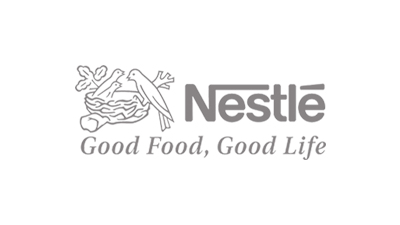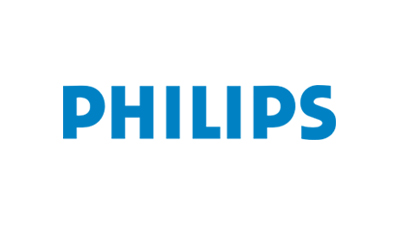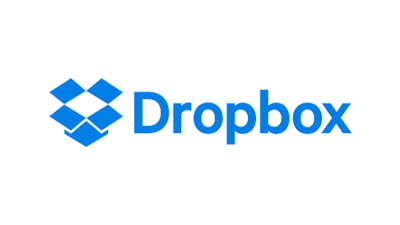Ceramic inks are simply carriers of ceramic fine particle metallic oxide pigments (not raw colorants but prefixed stain powders) that are used in automatic application techniques. Inks must have a physical consistency suitable for producing fine detail; this requires that they be suspended in a medium (as opposed to just water). Depending on the application technique, these mediums can be thick and flow like a printing ink. Or they can have a gel consistency that holds itself in place after application. Or they can be made from Nano-size particle stains that stay in suspension in a highly fluid medium (for inkjet printing). They can be water or oil based. They may need to dry quickly, slowly and may not need to dry at all before firing. But the objective is the same: Tune a carrier for the application process so as to achieve a layer of metallic oxide based powder that will produce color exactly where desired and with crisp, well defined color edges. First, in terms of consumption, the ceramic ink was 46 K MT in 2015. And it is anticipated to reach 61K MT by 2022. Second, ceramic ink has a high concentration. The top six companies account for more than 55.39 % of market share. Dowstone, CREATE-TIDE, Mindst, Esmalglass-Itaca, Huilong and Ferro are the tycoons of ceramic ink. Dowstone is the largest manufacturer, with the market share of 12.81% in 2016. Third, compared with international leading players, Chinese domestic manufacturers still have certain gap, both in the product performance and market share. As the development of China economic and technology, China will have good products like overseas manufacturers. Forth, the global average price of ceramic ink is in the decreasing trend, from 49803 USD/MT in 2011 to 10711 USD/Unit in 2016. With the situation of global economy, prices will be in decreasing trend in the following five years. Fifth, in summary, we tend to believe this industry is a promising industry, and the consumption increasing degree will show a smooth growth curve. For product prices, the slow downward trend in recent years will maintain in the future as competition intensifies. Besides, prices gap between different brands will go narrowing gradually. Also, there will be fluctuation in gross margin. Since the COVID-19 virus outbreak in December 2019, the disease has spread to almost 100 countries around the globe with the World Health Organization declaring it a public health emergency. The global impacts of the coronavirus disease 2019 (COVID-19) are already starting to be felt, and will significantly affect the Ceramic Ink 3900 market in 2020. COVID-19 can affect the global economy in three main ways: by directly affecting production and demand, by creating supply chain and market disruption, and by its financial impact on firms and financial markets. The outbreak of COVID-19 has brought effects on many aspects, like flight cancellations; travel bans and quarantines; restaurants closed; all indoor events restricted; over forty countries state of emergency declared; massive slowing of the supply chain; stock market volatility; falling business confidence, growing panic among the population, and uncertainty about future. This report also analyses the impact of Coronavirus COVID-19 on the Ceramic Ink 3900 industry. Based on our recent survey, we have several different scenarios about the Ceramic Ink 3900 YoY growth rate for 2020. The probable scenario is expected to grow by a xx% in 2020 and the revenue will be xx in 2020 from US$ 574.5 million in 2019. The market size of Ceramic Ink 3900 will reach xx in 2026, with a CAGR of xx% from 2020 to 2026. With industry-standard accuracy in analysis and high data integrity, the report makes a brilliant attempt to unveil key opportunities available in the global Ceramic Ink market to help players in achieving a strong market position. Buyers of the report can access verified and reliable market forecasts, including those for the overall size of the global Ceramic Ink market in terms of both revenue and volume. Players, stakeholders, and other participants in the global Ceramic Ink market will be able to gain the upper hand as they use the report as a powerful resource. For this version of the report, the segmental analysis focuses on sales (volume), revenue and forecast by each application segment in terms of sales and revenue and forecast by each type segment in terms of revenue for the period 2015-2026. Sales and Pricing Analyses Readers are provided with deeper sales analysis and pricing analysis for the global Ceramic Ink market. As part of sales analysis, the report offers accurate statistics and figures for sales and revenue by region, by each type segment for the period 2015-2026. In the pricing analysis section of the report, readers are provided with validated statistics and figures for the price by players and price by region for the period 2015-2020 and price by each type segment for the period 2015-2020. Regional and Country-level Analysis The report offers an exhaustive geographical analysis of the global Ceramic Ink market, covering important regions, viz, North America, Europe, China and Japan. It also covers key countries (regions), viz, U.S., Canada, Germany, France, U.K., Italy, Russia, China, Japan, South Korea, India, Australia, Taiwan, Indonesia, Thailand, Malaysia, Philippines, Vietnam, Mexico, Brazil, Turkey, Saudi Arabia, UAE, etc. The report includes country-wise and region-wise market size for the period 2015-2026. It also includes market size and forecast by each application segment in terms of sales for the period 2015-2026. Competition Analysis In the competitive analysis section of the report, leading as well as prominent players of the global Ceramic Ink market are broadly studied on the basis of key factors. The report offers comprehensive analysis and accurate statistics on sales by the player for the period 2015-2020. It also offers detailed analysis supported by reliable statistics on price and revenue (global level) by player for the period 2015-2020. On the whole, the report proves to be an effective tool that players can use to gain a competitive edge over their competitors and ensure lasting success in the global Ceramic Ink market. All of the findings, data, and information provided in the report are validated and revalidated with the help of trustworthy sources. The analysts who have authored the report took a unique and industry-best research and analysis approach for an in-depth study of the global Ceramic Ink market. The following manufacturers are covered in this report: Ferro Torrecid Esmalglass-Itaca Colorobbia Fritta Xennia Dip-tech Zschimmer-schwarz Dowstone CREATE-TIDE Mindst Mris Huilong Santao Seqian Jinying Ceramic Ink Breakdown Data by Type Functional Ink Normal Ink Ceramic Ink Breakdown Data by Application Floor Tile Inner Wall Tiles Other
1 Study Coverage 1.1 Ceramic Ink Product Introduction 1.2 Market Segments 1.3 Key Ceramic Ink Manufacturers Covered: Ranking by Revenue 1.4 Market by Type 1.4.1 Global Ceramic Ink Market Size Growth Rate by Type 1.4.2 Functional Ink 1.4.3 Normal Ink 1.5 Market by Application 1.5.1 Global Ceramic Ink Market Size Growth Rate by Application









